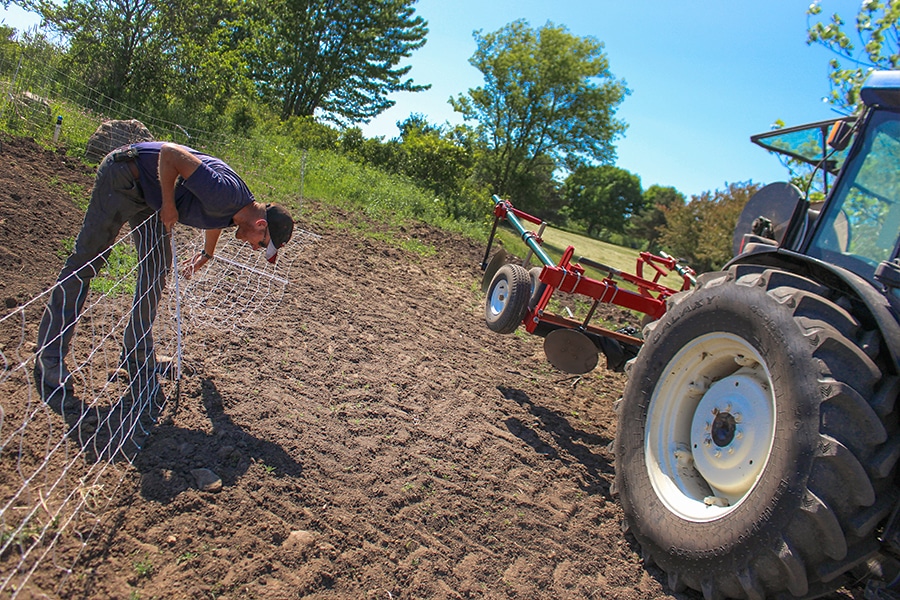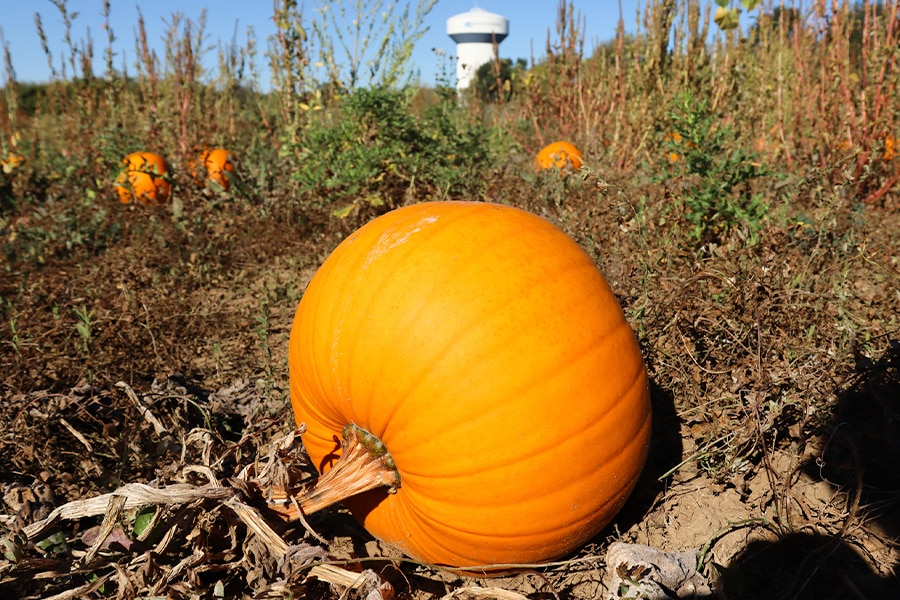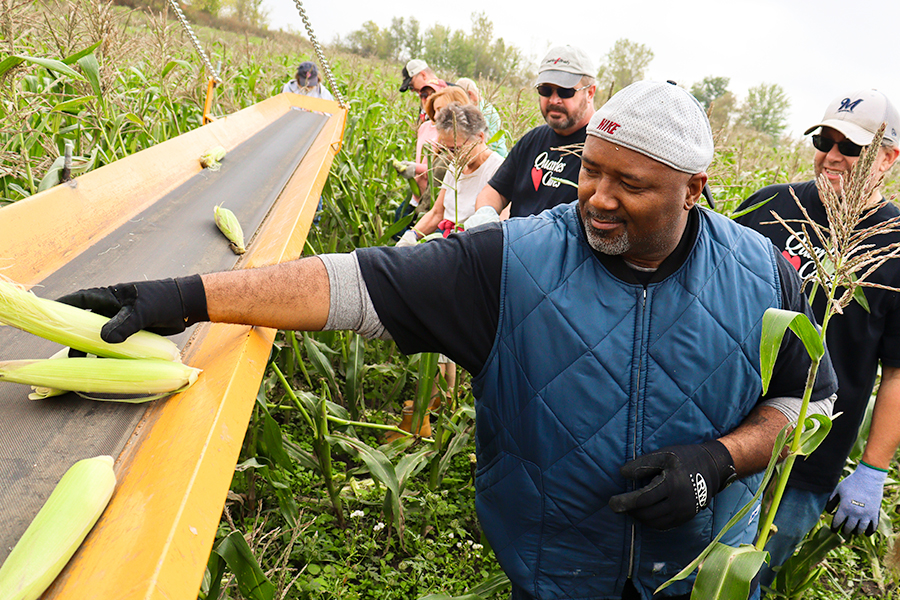With the 2021 harvest season coming to a close, Hunger Task Force plans ahead at The Farm
Leading the work is Sarah Bressler, Farm Manager, who has been with the Hunger Task Force Farm since 2016. “Everything planted in fields and in the orchards across the 208-acre farm will be harvested in the next 2-3 weeks,” says Bressler. “Farm staff will then transition into washing and storing produce so it may be distributed throughout the Foods For Families season.” Fields will then be put “to-bed”, an agricultural term used to describe the process in which fields are planted with non-cash crops to prevent erosion and address the needs of the soil over the winter.
“We’ve had fewer volunteers this season, and we can absolutely feel the difference,” says Bressler. “Those who have joined us, we appreciate the help!” Down from 5,000 volunteers seen in pre-pandemic harvest seasons, The Farm welcomed 2,300 volunteers in 2021.
While the need for winter volunteers at The Farm decreases, the need for monetary support is going up. During the off-season, Bressler and her team are managing tractor maintenance expenses, equipment upgrades and the purchasing of seeds and supplies for produce grown throughout the winter in The Farm’s two hoop houses, special enclosures that allow certain vegetables to be grown longer into the winter months.
Kyle Koch, Farm Operations Manager, has worked seven seasons at The Farm and knows how restorative the period between harvests is for a farm of this size. “When I took over, the soil was depleted,” says Koch. “You need to plan over a longer to build up the soil and can’t just dump a bunch of fertilizer.”
The process of growing food for the community – while being thoughtful of soil pH levels, irrigation needs, and the nutrient-level of soil – is a costly process that takes time. Hunger Task Force spends up to $25,000 in fertilizer and $20,000 in seeds every year to provide the 500,000 pounds of food infused into Milwaukee and across Wisconsin. “Not only do we produce fresh food for hungry people, but the added steps and costs of fertilizing increases the dietary value of the food, and ultimately leaves the land better than we found it,” shared Koch.
Bressler and Koch will also work directly with pantry staff and site coordinators to receive feedback. “We take input during the season, as well as at the end of the season, to plan out our succession schedule, harvest sequence and allow people to stay excited about produce available at pantries across the network,” says Bressler. “We couldn’t do this work without donors and volunteers – they make a big difference.”
For more information on how to support The Farm, please visit: https://www.hungertaskforce.org/what-we-do/the-farm/.
To make a gift to the Hunger Task Force Farm, please visit: https://www.hungertaskforce.org/donate/.



